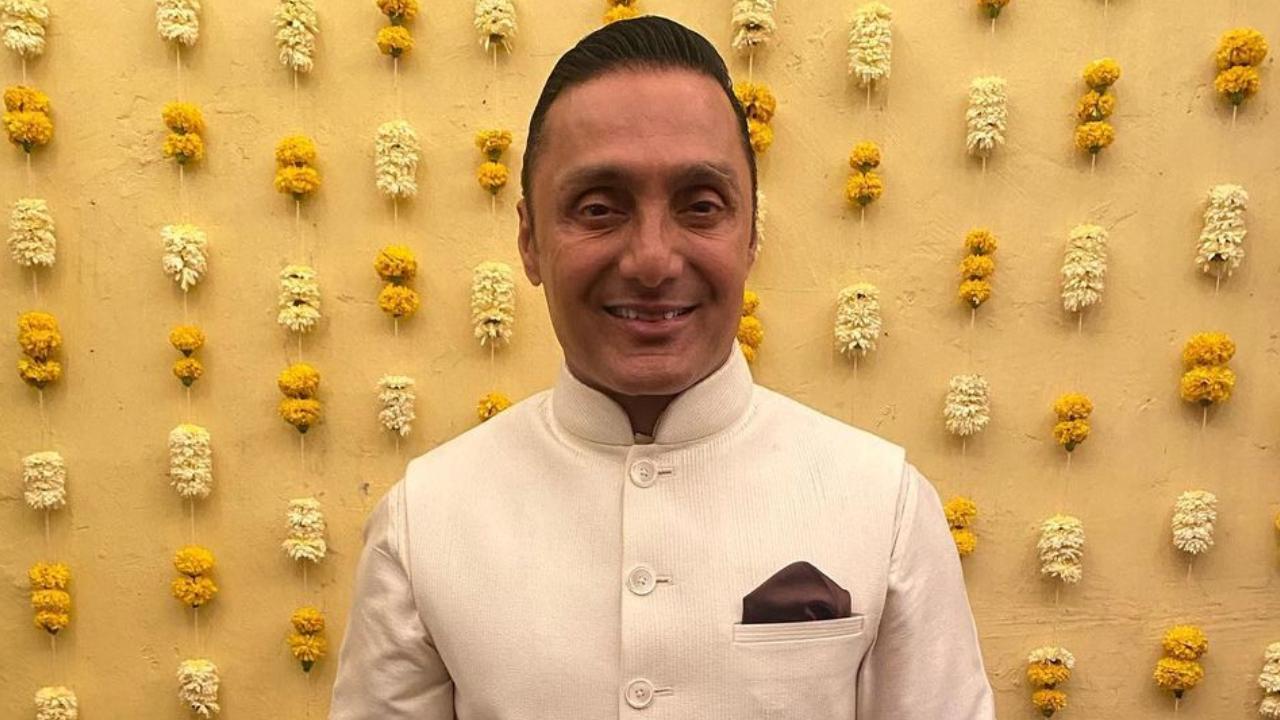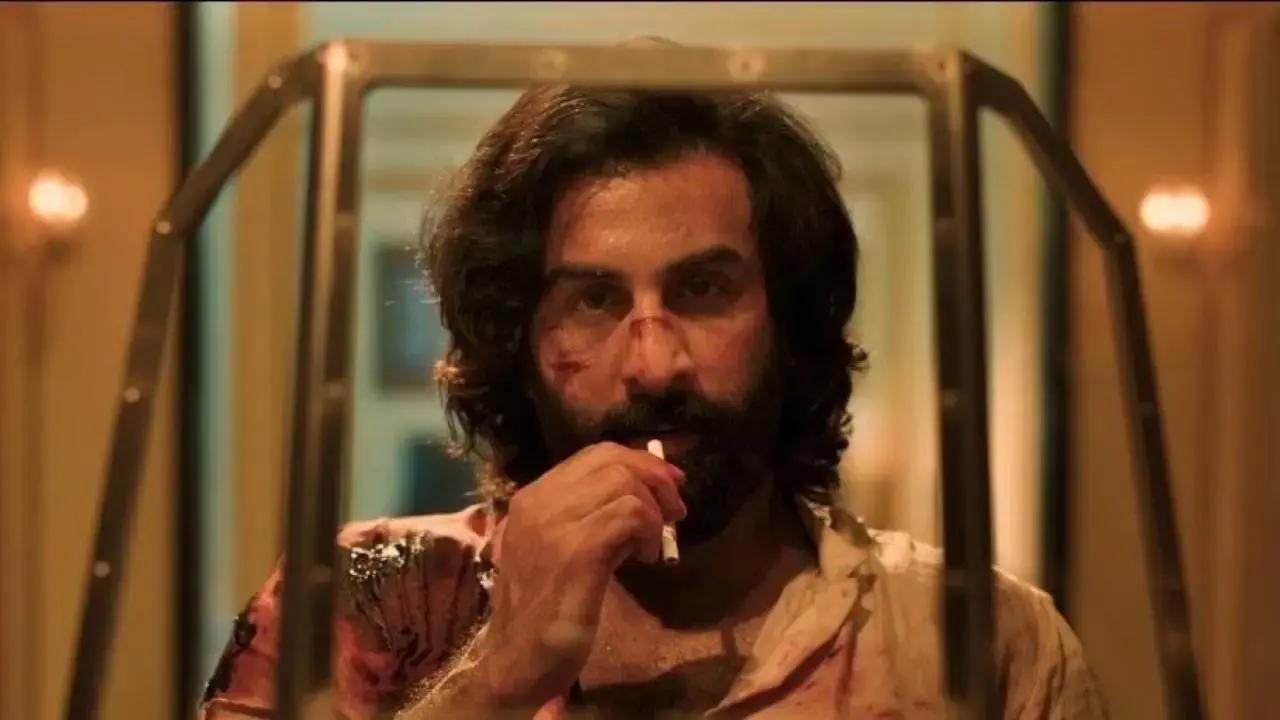
In an age where the advent of technology sometimes blurs the line between reality and manipulation, renowned Bollywood actor Ranveer Singh found himself entangled in the web of artificial intelligence-generated deepfake content. On April 22, he took a firm stand against this high-tech deception by filing a complaint with the Mumbai Police’s Cyber Crime Cell.
Ranveer Singh, whose performances have captivated audiences across the globe, became the center of an online controversy when a deepfake video depicting him endorsing a political party surfaced during a particularly sensitive election season. The misleading video was crafted using parts of an original clip where Singh appeared at a fashion show in the historically rich city of Varanasi.
This deepfake featured a 41-second excerpt from that event, but with a critical alteration: the actor’s own voice was replaced by counterfeit audio designed to create the illusion that Singh was voicing his political support. This act of digital impersonation not only invaded his personal rights but also attempted to inject falsity into the political discourse.
Singh’s encounter with this plight prompted him to alert the public. He reached out to his vast array of followers on social media, advocating for vigilance against such deceptive practices and emphasizing the importance of distinguishing between authentic and altered content.
The spokesperson for Mr. Singh relayed the seriousness with which the actor has approached the situation, stating, “We have filed a police complaint and FIR [First Information Report] against the social media handle promoting the AI-generated deepfake video of Mr. Singh.” The immediate action serves as a testament to the urgency of curbing the proliferation of deepfakes that have potential ramifications for personal reputations and democracy at large.
Deepfake technology, though impressive, presents a daunting challenge. By leveraging machine learning and artificial intelligence, it allows for the creation of videos that are so lifelike they can easily trick the untrained eye. Potential threats of such advancements are not limited to celebrity impersonations but extend to counterfeit news, morphed images, and doctored speeches that could tilt public perception during critical times such as election campaigns.
Unfortunately, Ranveer Singh is not the first celebrity to face this unnerving situation. Less than a week prior, one of Bollywood’s biggest icons, Aamir Khan, found himself in a similar predicament. A deepfake video purportedly showed him endorsing a political party. This alarming trend signaled the rise of a new threat in the entertainment industry and beyond—one that required immediate attention and action.
The alarming frequency of these incidents has raised pressing questions about the ethical use of AI and the mechanisms available to safeguard individuals from digital deceit. Both the film industry and policymakers are being compelled to contemplate novel strategies to protect public figures and, by extension, the integrity of public communication.
While Singh’s case is currently addressed by the Cyber Crime Cell, the broader implications of his experience resonate with the overall integrity of online spaces. It underscores the urgency to establish stricter regulations, more robust verification mechanisms, and public awareness about the existence and implications of deepfake technology.
In response to this growing menace, steps are being taken both by tech companies and government bodies to detect and deter deepfakes. Educational campaigns, improved authentication methods, and the development of deepfake detection software are among the initiatives being considered to confront the shadow this technology casts upon the digital landscape.
As this case proceeds through the channels of law enforcement, Ranveer Singh’s actions could set a precedent for how celebrities and influential individuals tackle the malicious use of technology that manipulates their image and voice without consent. It could potentially catalyze a much-needed dialogue about the collective responsibility to ensure a factual and reliable digital future.










